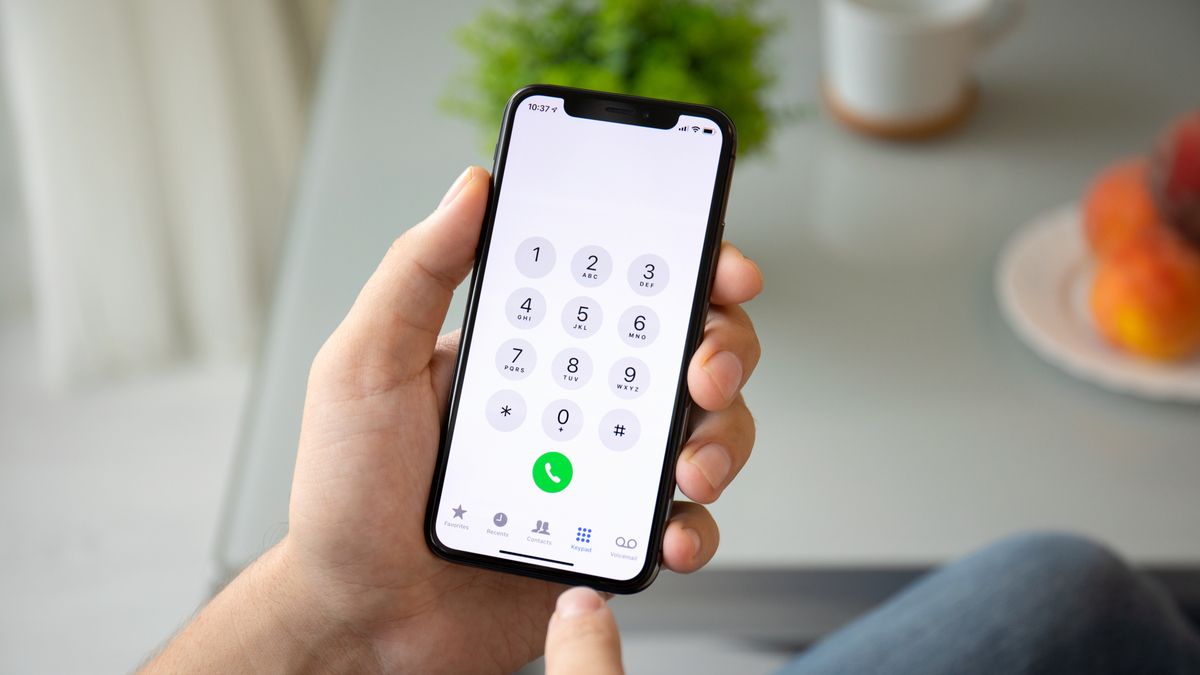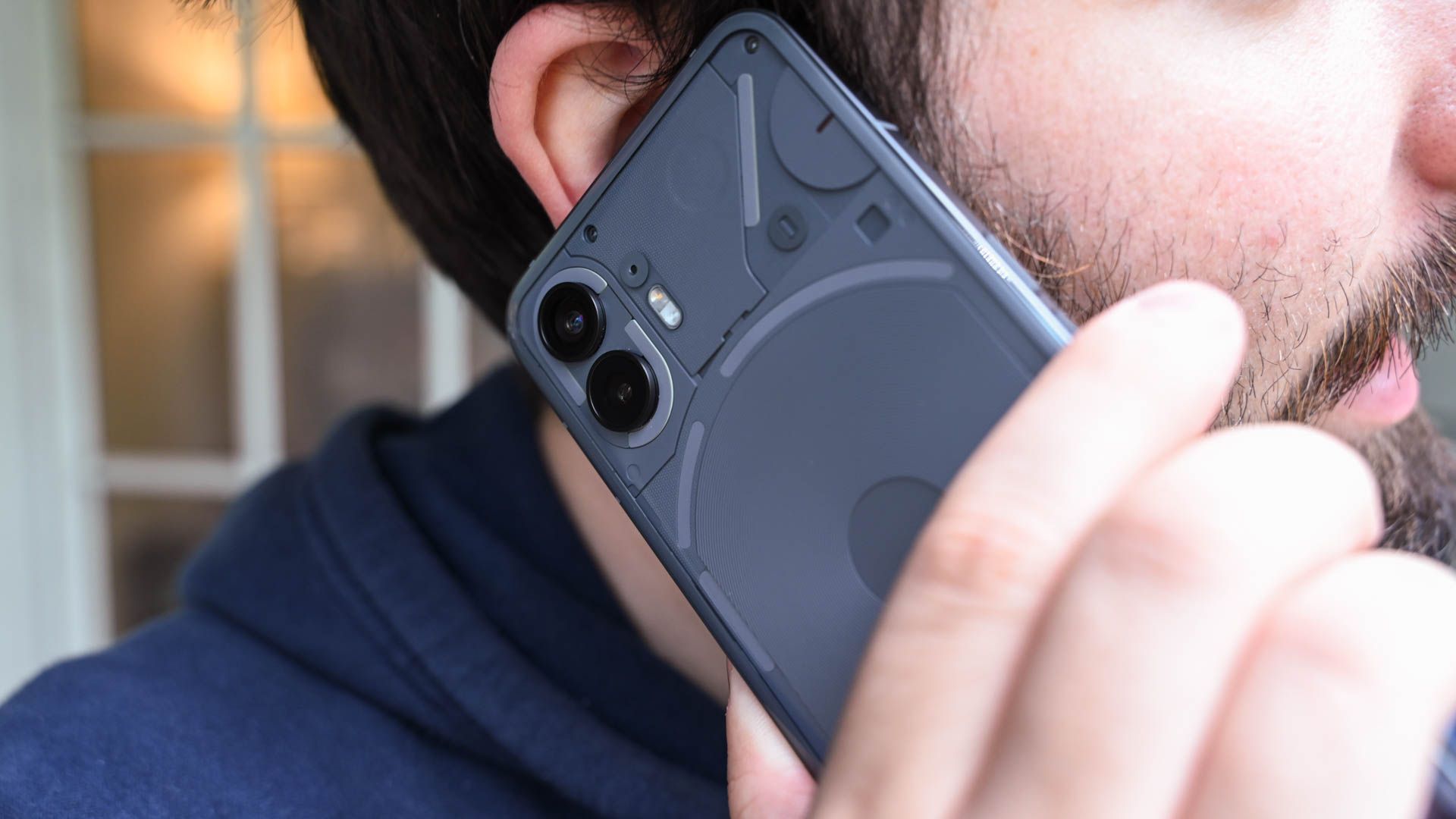
Key Takeaways
- Wi-Fi calling allows calls and texts over Wi-Fi, taking advantage of stronger Wi-Fi signals when cellular connections are weak.
- Benefits of Wi-Fi calling include improved voice quality, no additional cost, and better service in areas with poor coverage.
- To enable Wi-Fi calling, ensure you have a working Wi-Fi connection, a compatible smartphone, and carrier support. No extra charges apply.
If your home or office has spotty cellular coverage, Wi-Fi calling is a nifty little solution that can make your life a lot easier. Here’s everything you need to know about Wi-Fi calling, and how to start using it.
Voice Calls Over Wi-Fi
As its name suggests, Wi-Fi calling or VoWiFi (short for Voice over Wi-Fi) is a feature that allows you to call or text over Wi-Fi.
Calling over Wi-Fi and the internet is nothing new. For years, we have used apps and services like Skype and WhatsApp to send messages or make calls over the internet. But what separates Wi-Fi calling from these apps is only the medium of last-mile connectivity. Everything else stays the same. Instead of using the cellular service to send or receive voice calls from the carrier’s network, your phone uses Wi-Fi. You still use the same dialer, same text messaging app, and same contacts list. Everything works seamlessly.
Once you have activated the Wi-Fi calling option on your smartphone, it automatically kicks in when your cellular service is limited or unavailable. All your calls and texts are routed over the internet using Wi-Fi. Depending on the carrier, your phone may even keep Wi-Fi calling feature active when you are in an area with good cellular service but connected to a Wi-Fi network. It helps carriers reduce network congestion while providing better voice service to you.
However, when you move out of the Wi-Fi coverage, calls and texts switch back to the cellular network. All this happens smoothly, and ideally, you shouldn’t experience any dropped calls or other issues due to the switch.
Why Would You Want It?
There are multiple benefits to using the Wi-Fi Calling feature on your smartphone. Most importantly, it allows you to make or receive calls even when you have poor or non-existent network coverage. So it can be beneficial if you live or work in an area with poor outdoor or indoor cellular service.
Another good thing about Wi-Fi calling is that you don’t need to do anything apart from enabling the feature. All your calls and texts function as they would if you used the cellular network. And since the feature is baked right into the phone’s dialer, no additional downloads are necessary, and all your contacts are available whether or not they are using Wi-Fi calling.
More than that, you get a better voice quality than what you would get if you were calling on limited cellular service. Additionally, Wi-Fi calling doesn’t even consume that much data. A typical voice call is around 1MB per minute. So assuming you have a decent internet plan and aren’t talking for hours on end, you don’t have to worry about data charges.
Simply put, Wi-Fi calling is a no-brainer. It has several benefits and probably won’t cost you anything.
What Does Wi-Fi Calling Require?
You primarily need three things to use Wi-Fi calling—a working Wi-Fi connection, a compatible smartphone, and a carrier that supports Wi-Fi calling. Although a faster internet connection is always better for high-quality voice calls, 1Mbps of data transfer speed is enough for solid call quality.
Wi-Fi calling was limited to certain high-end phones until a few years ago, but it’s now widely available. So if you have a smartphone purchased later than 2018, there’s an excellent chance it supports Wi-Fi calling. However, not all carriers support Wi-Fi calling on all smartphones. So it’s a good idea to check with your wireless carrier whether it supports Wi-Fi calling on your phone. Your phone manufacturer can also tell you whether your phone support Wi-Fi calling and if it will work on your carrier.
Like device support, carrier support for Wi-Fi calling has also expanded considerably over the last several years. As of 2024, all three major carriers in the US—AT&T, T-Mobile, and Verizon—and several regional carriers and MVNOs such as C Spire, Cricket, Mint Mobile, Spectrum, Simple Mobile, and US Cellular support the feature.
How to Enable Wi-Fi Calling
It’s fairly simple to activate Wi-Fi calling on your smartphone. If you have an iPhone, head to Settings > Phone > Wi-Fi Calling and enable the “Wi-Fi Calling on This iPhone” slider.
While the steps for Android may be slightly different on phones from different manufacturers, you can typically activate Wi-Fi calling by heading to the Phone app > Settings > Calls > Wi-Fi Calling.
You may also need to enter emergency location details in the United States to enable Wi-Fi calling. It is required to ensure that emergency services have your location to reach you when you call 911 using the Wi-Fi calling feature. Additionally, certain carriers require the HD Voice and VoLTE features to be enabled for Wi-Fi calling to work.
You can read our guides on how to enable Wi-Fi calling on Android or iPhone for more detailed instructions. But if you don’t see the Wi-Fi calling option on your smartphone, it’s possible that your carrier doesn’t support it on your phone, or it may require a software update. So make sure your phone is running on the latest software to get the best experience.
Once Wi-Fi calling is enabled, you will find Wi-Fi written next to your carrier’s name on the notification screen. Some Android phones may instead have VoWiFi next to the network bars to show that Wi-Fi calling is active.
Do You Need to Pay For Wi-Fi Calling?
There are usually no extra charges for Wi-Fi calling. Making a call over Wi-Fi will cost the same as making a call using a cellular service. The same goes for text messages. However, carriers typically have different rules for Wi-Fi calling while roaming internationally. So it’s best to check with your carrier before going abroad whether it supports Wi-Fi calling in your visiting country and how much it will cost you. In most cases, using Wi-Fi calling while roaming would either be cheaper or the same as using the cellular service.
Wi-Fi calling offers a win-win scenario for both consumers and carriers. You get a better and consistent calling experience without extra cost, and the carriers can increase their network capacity by offloading some of their voice traffic to Wi-Fi. If you want more tips on using your phone, see our complete guide to making calls and texts without cell service.
Source link













